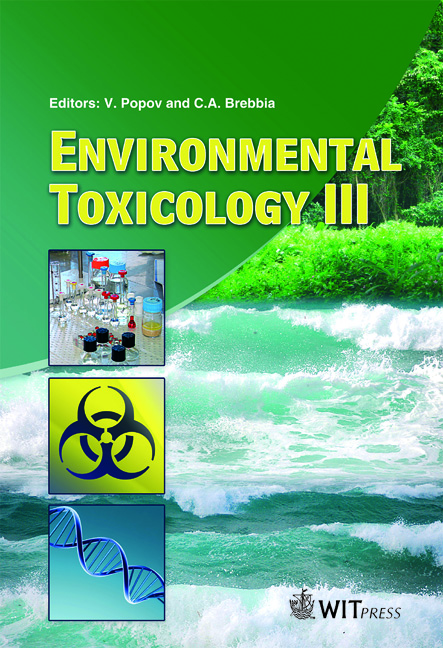Factors Controlling The Release Of Arsenic From Mining Tailings
Price
Free (open access)
Transaction
Volume
132
Pages
12
Page Range
55 - 66
Published
2010
Size
463 kb
Paper DOI
10.2495/ETOX100061
Copyright
WIT Press
Author(s)
B. E. Rubio-Campos, I. Cano-Aguilera, A. F. Aguilera-Alvarado, G. De la Rosa & S. H. Soriano-Pérez
Abstract
Some mine tailings pools in the Mine District of Guanajuato, Mexico, present a varied distribution and temporal and spatial concentration of elements that are potentially toxic, such as manganese, cadmium and zinc. These elements were detected in majority concentrations, and arsenic was present in the two major oxidation states As(III) and As(V). The highest arsenic concentration in the surrounding surface water reservoirs was detected when a rainy seasons occurred, which in turn is mainly a function of pH and the presence of bicarbonate ions. The conceptual model to describe the mobilization of arsenic from mining tailings towards the aqueous systems proposes a scenario where oxidation, the neutralization of acid drainage by carbonates, and arsenic desorption by bicarbonates takes place in different steps and at different times. Keywords: mining tailings, potentially toxic elements, arsenic release. 1 Introduction The mining district of Guanajuato is located 475 km from Mexico City. It is considered one of the largest worldwide. However, large amounts of mining tailings, which result from crushing and milling ore, once they have been recovered through commercial metal physical or chemical processes, have been generated over time [1]. These can be transported and become a severe environmental problem in relation to soil, sediment, surface water and groundwater pollution [2].
Keywords
mining tailings, potentially toxic elements, arsenic release





